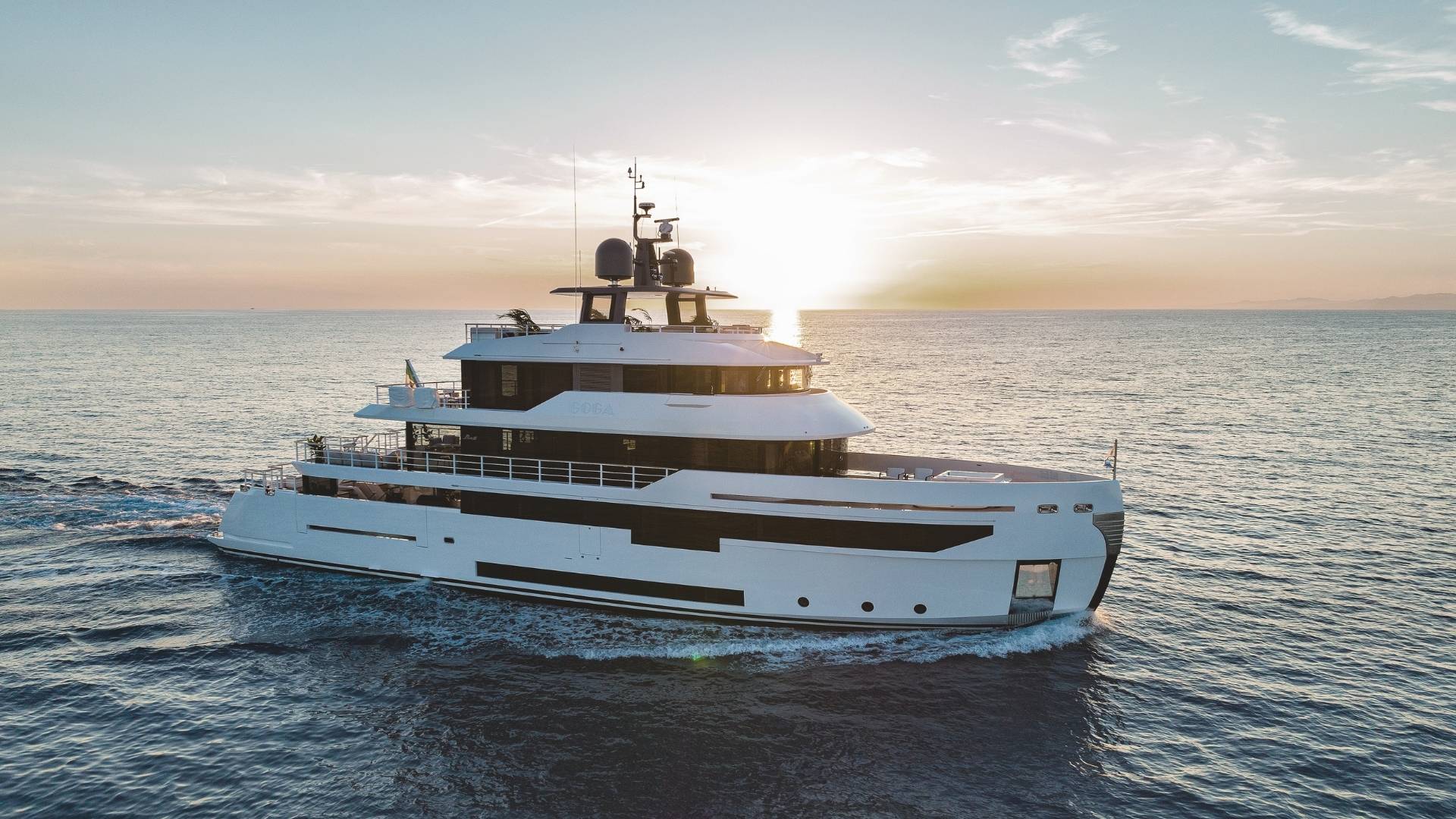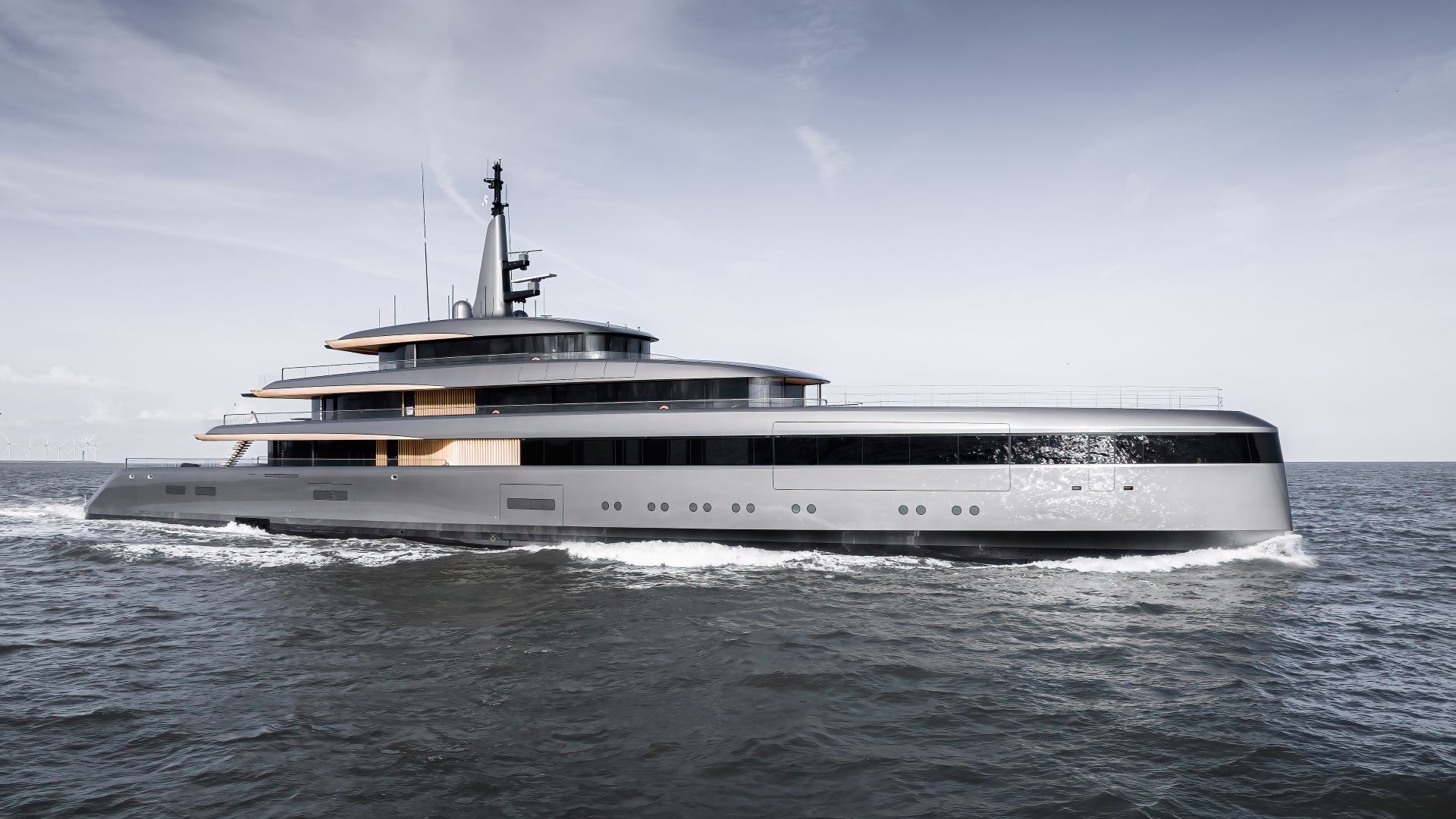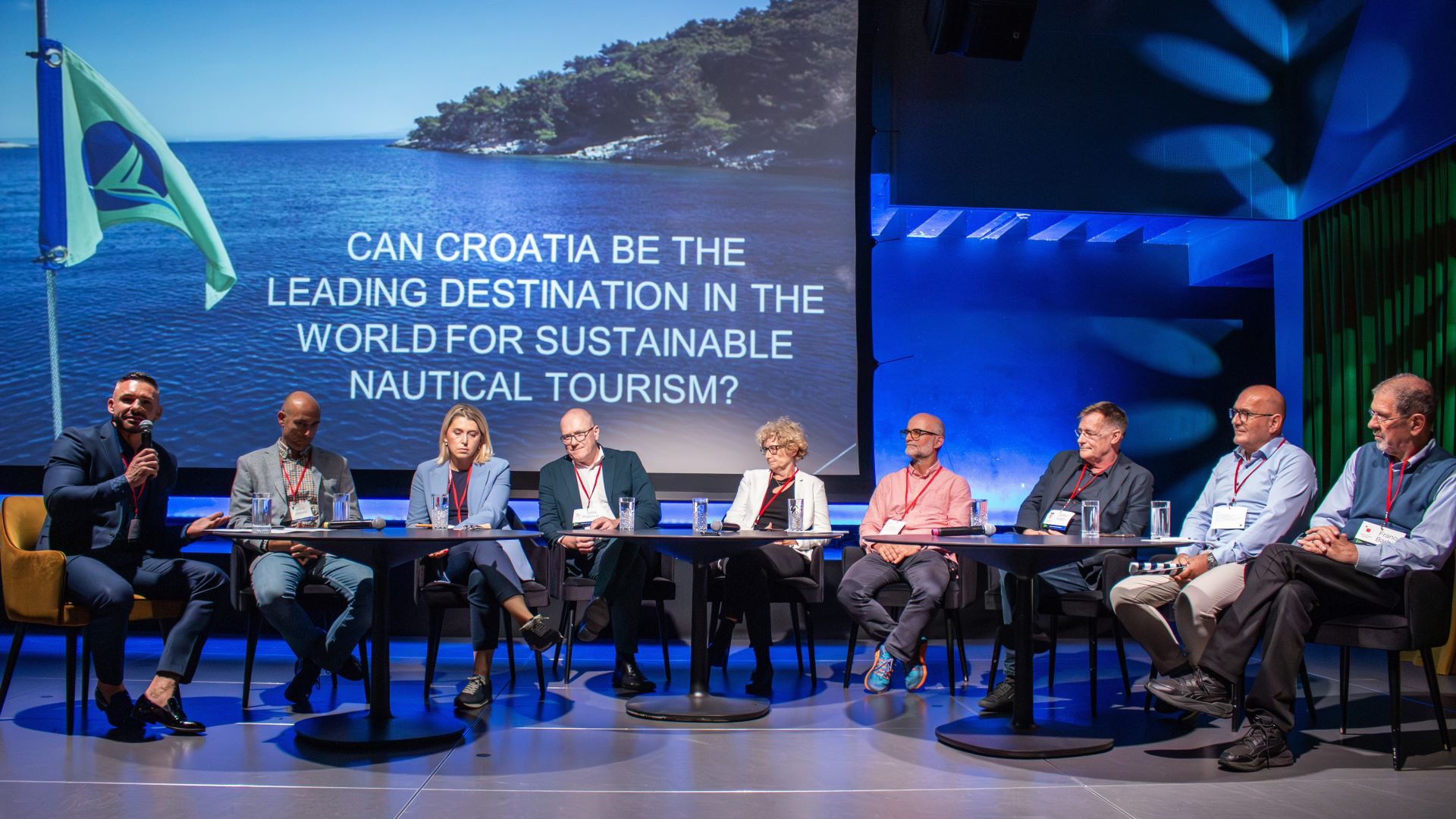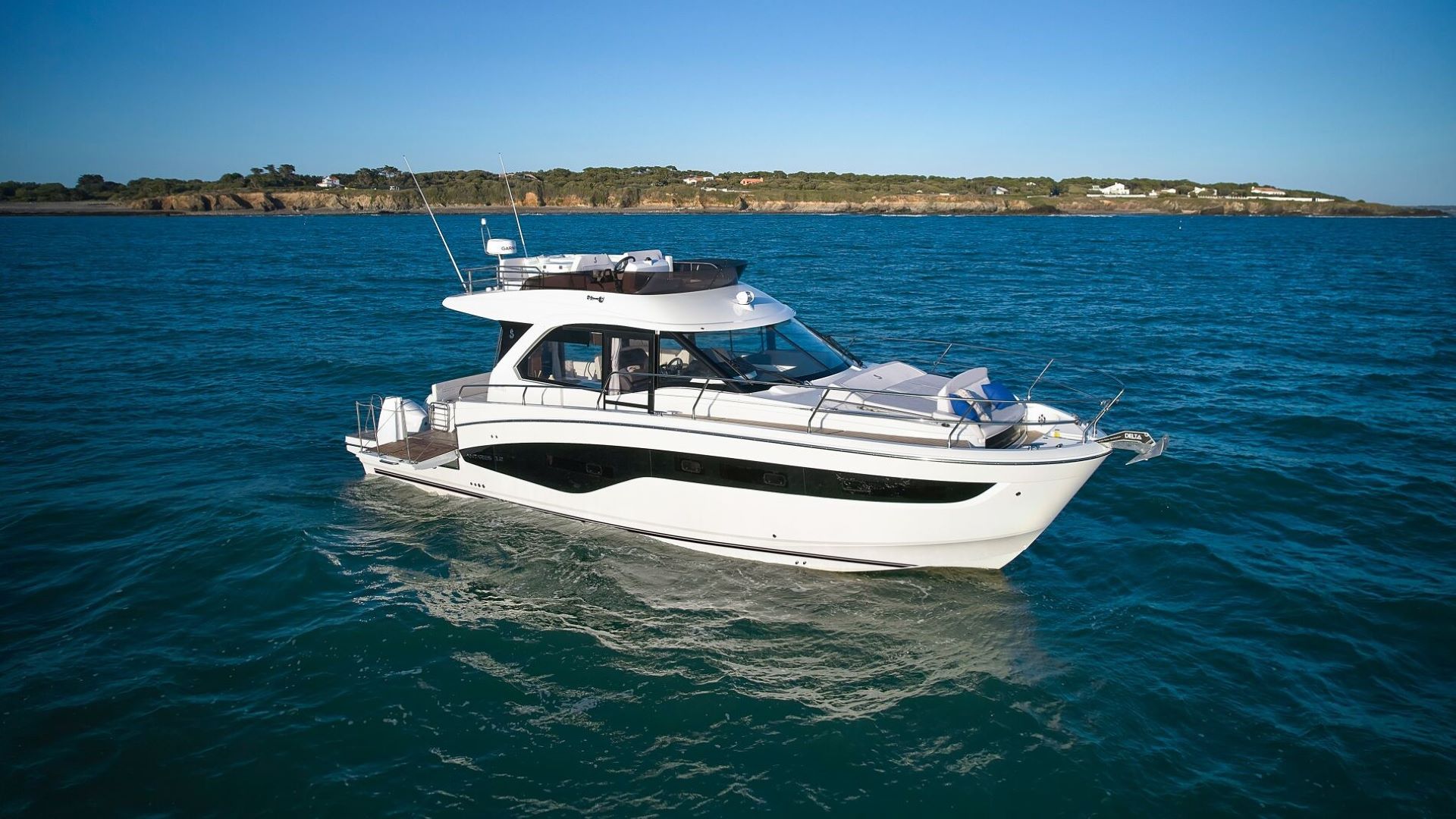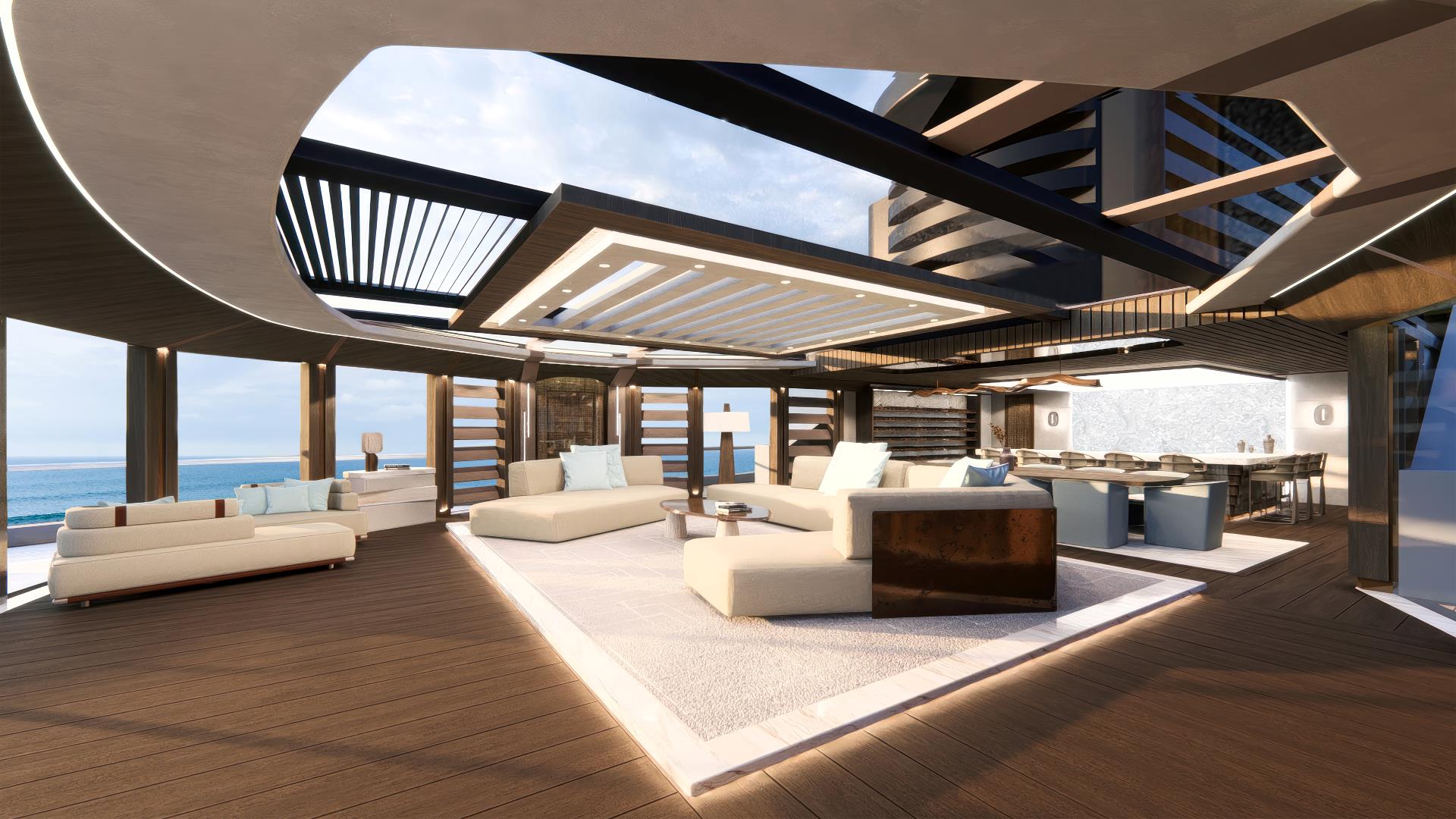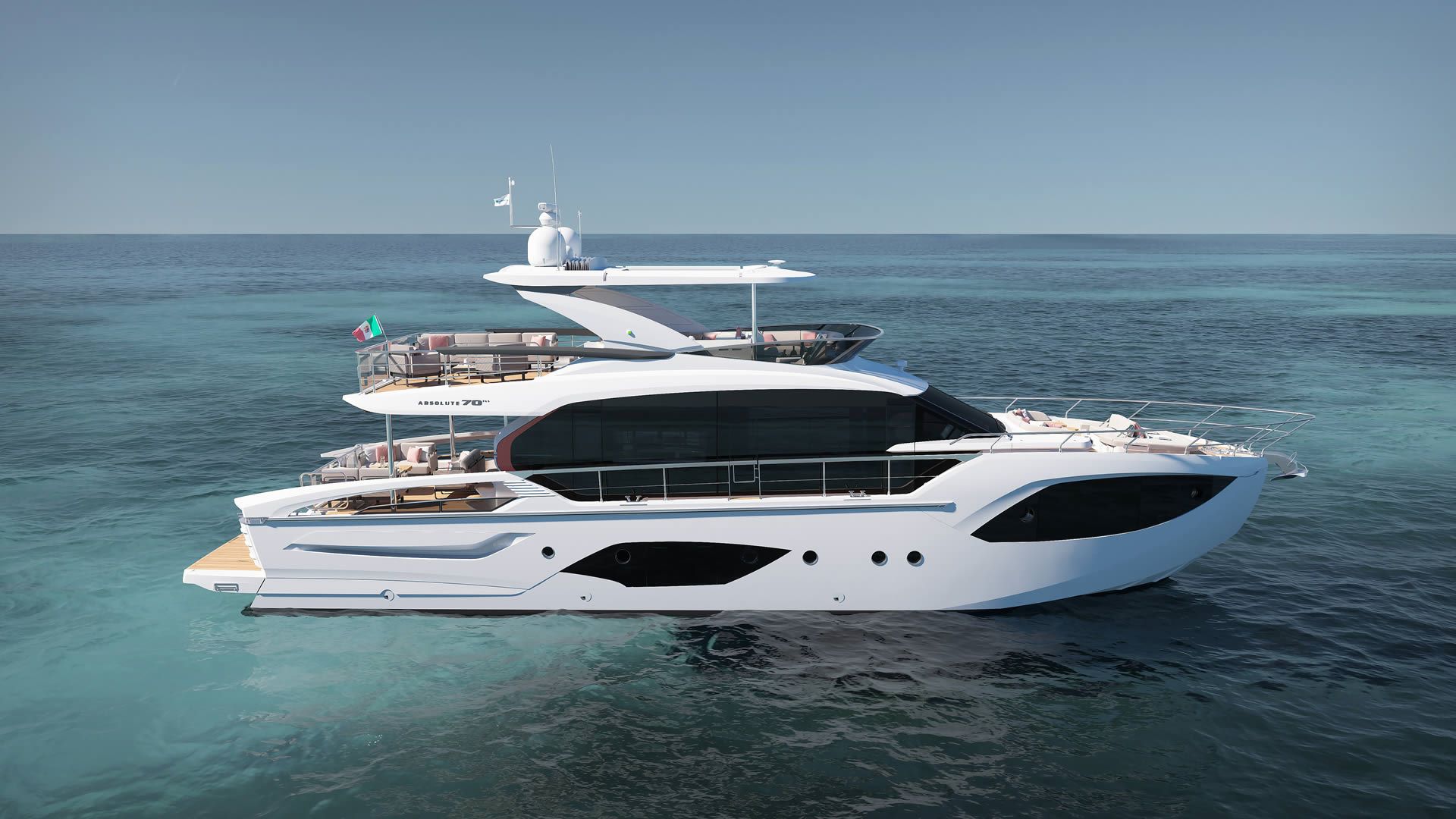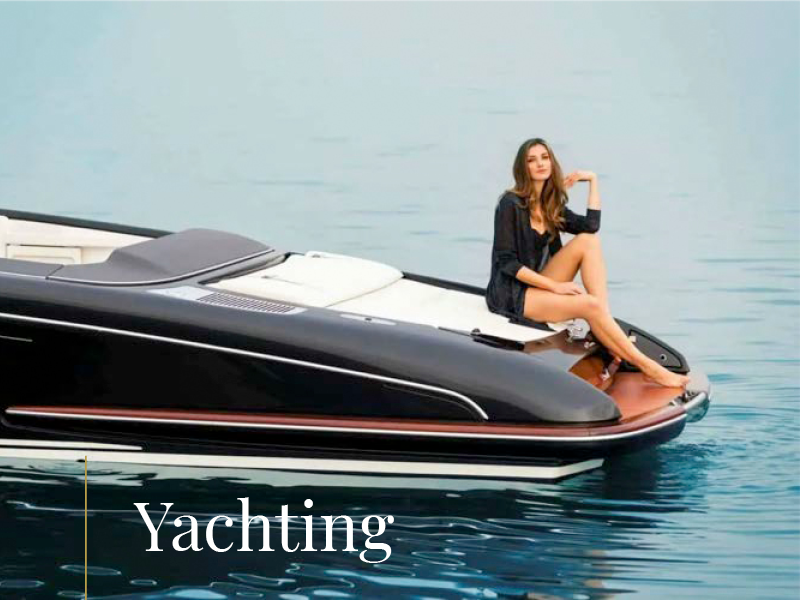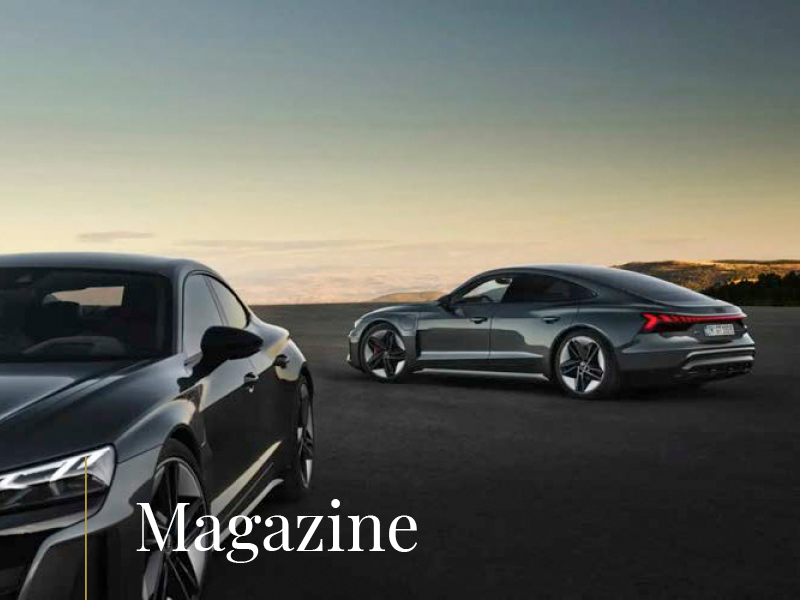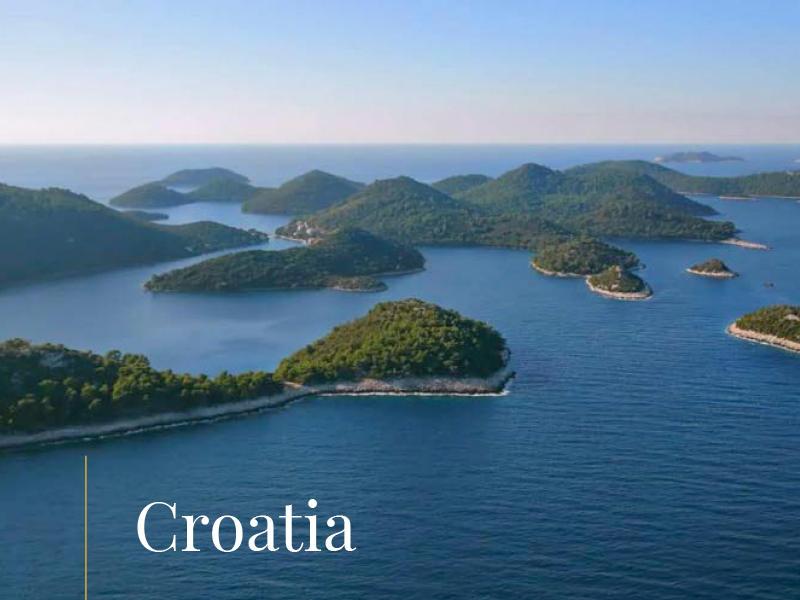When discussing eco or ecological approach to yachting, most experts prefer to stick to terms sustainability or efficiency, as the currently available technologies only allow ecologically-oriented improvements up to a certain level
At the moment, the future of yachting is hard to define, in addition to all the other issues plaguing the industry, the actual plague-induced global pandemic surely will take another swing at yachting. Who’s to say that the new normal for some might not mean finally getting that yacht they’ve been dreaming about? We turn our attention to a trend that finally seems to be swelling into a tide – and that might finally change yachting for the better.
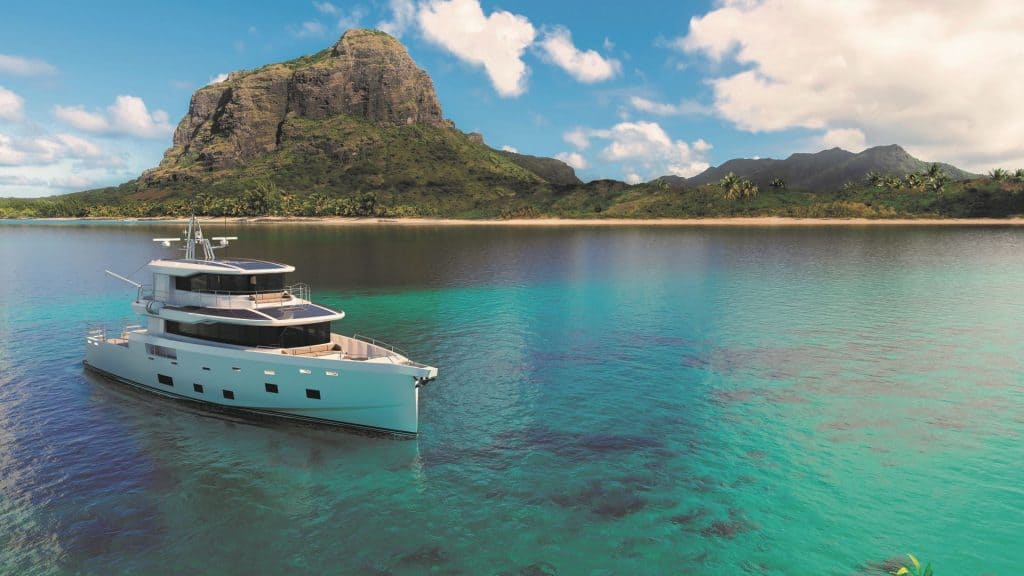
The yachting industry is the ideal playing ground for all of us with a green heart: you cannot consider yourself a yachting enthusiast if you sail through nature without paying any attention to its beauty, without hearing its call (especially if you’re cruising in the western Mediterranean). Visible trash floating around, invisible micro-plastic and climate changes already sound like a time-bomb, and they are only the tip of the disaster iceberg. On the other hand, two month of humanity-free life and our planet has found it a bit easier to breathe. Our task is not easy – finding what we, as individuals, can do for the environment, and defining what the prefix eco even means in yachting.
The smallest step we can all take is waste management on a personal level – just plainly, being civilized and not leaving any trash in our wake. The largest step, and the hardest to take, is to build ecologically acceptable yachts – but what does that even mean? Almost all the yachts built to this date pay little or no attention to environment – what matters to builders are design, quality of materials, performance. The real question seems to be whether the yachting industry and care for the environment can actually go hand in hand, or at least find a mutual language.
The answer, at least for now, is no – but time and demand might force them to. We have made a list of most pressing issues standing in the way of green yachting – which really should be a list of questions to ask builders and designers at your next boat show. After all, good answers to those questions might soon give some of them advantage in the market.
Hybrid and electric engines are still far away…
Classic internal combustion marine engines definitely are the worst part of every boat. Their effect on the atmosphere and the sea is everything but green. If you’re not into sailboats (which are also equipped with good old diesel engines!), what choice do you have? Those among you driving a Toyota Prius already know the answer to that question – but with two little caveats: the large amount of lithium and the production process that creates those lithium batteries leaves a lot to be desired. Hybrid and electric engines surely are part of the solution, but not before industry figures out how to store the energy.
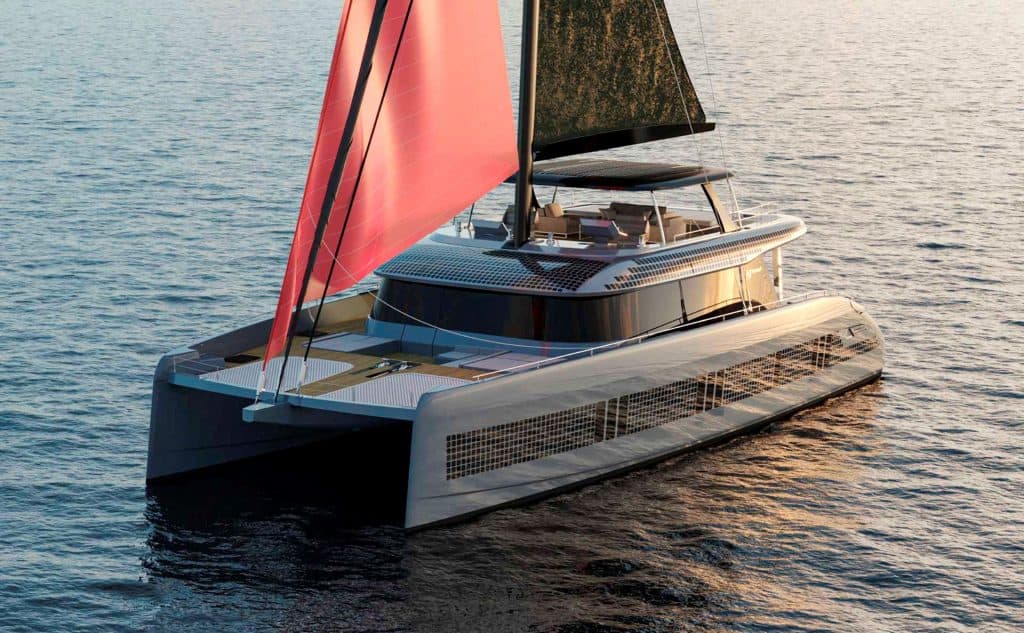
Yachting is still about to face ecological issues, except professionals, yachtsmen will understand the need to protect marine environment the best
The latest newcomer to the market are biodegradable (!) batteries, and some makers have announced exciting developments, like micro-condensators. Still, the fact remains that no power-related technology has been subjected to long-term tests on leisure yachts. Furthermore, the electric marine drive is still a long way from perfect, even though large multi-hulls with electric drive are the latest craze, and some large yachts use it as a solid alternative to classic engines.
Fuel (bio-diesel, hydrogen…)
Bio-diesel as an idea is nothing new, or essentially bad – it’s just that it isn’t feasible for most yacht owners. Hydrogen has for a long time been touted as an interesting alternative, seeing how the sea (or any water) is an excellent source of it, but the hydrogen drive has still not moved from the theory stage.
Hull efficiency
Many builders have significantly lowered emissions working on hull design. Hulls are getting smarter, attaining better hydrodynamic attributes, and starting to need less fuel to reach excellent levels of performance. We remind you these efforts actually can be measured in numbers, as comparison of similar vessels designed just a few years apart can show significant breakthroughs.
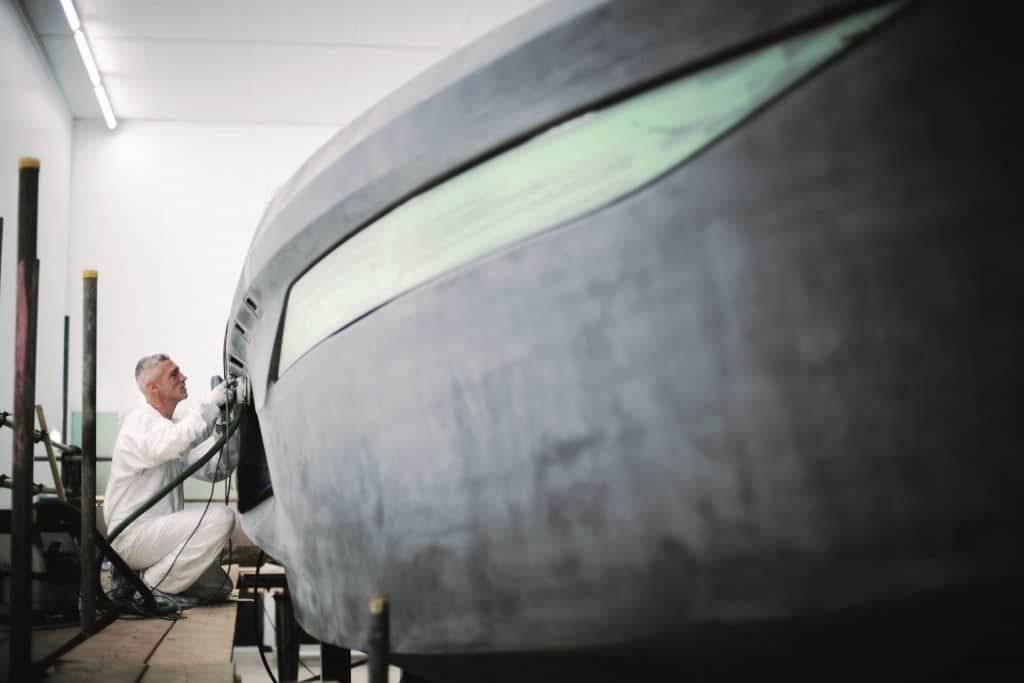
Building materials
Like engines, materials are another problematic issue for the yachting industry. Even though vacuum infusion has reduced styrene emissions to minimum, it took the industry decades to perfect the process. To our best knowledge, only one builder uses recycled glass fiber, which should give others something to think about. Carbon fiber is mostly being used to allow larger volumes, than to increase efficiency. Smart technologies should be developed to use sustainable materials. Big builders are well aware of the need for greenification of the building process, and those already working in that direction deserve a pat on their backs.
Materials and fabrics
This area of yacht design and building is ready for some big changes. Owners are given plenty of opportunity to furnish and decorate their yachts using recycled materials and fabrics that look great. Some of them are artificial teak, artificial leather or ethically made fabrics – the choice is yours, but it’s on the builder to make those choices available. In this segment, the change is not only possible, but fast and rewarding, and even though yachting can never truly be guilt-free, furnishing your yacht sustainably will be a step in the right direction.
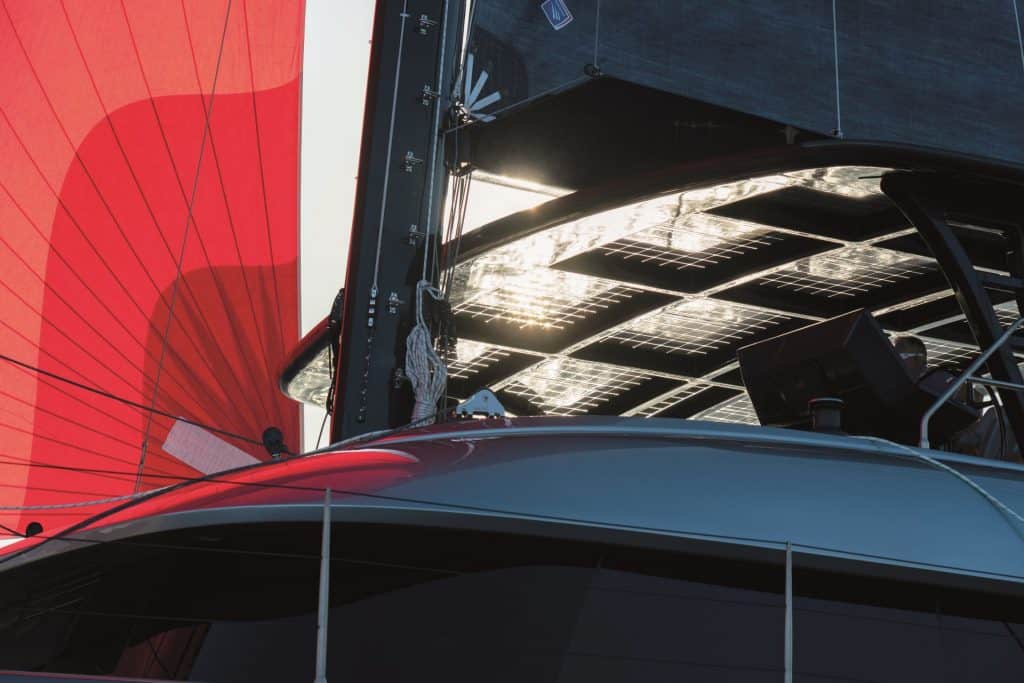
Yacht systems with no impact on the environment
Intelligent – or more intelligent – solutions concerning yacht systems, from air-conditioning to pumps, from coolers to anything else, really, make all the difference in terms of ecology, but also in the term of noise reduction and comfort. What better way to sail into a pretty cove than with no impact on the environment?
Super yachts
Superyachts, those over 40 meters (130 feet) in length, are a category of their own, primarily because they are custom-built, and with considerably larger budgets. Significantly larger than an average yacht, every super yacht is her owner’s playground – and yet, despite the limitless opportunities to make their yachts as green as possible, super yacht owners mostly ignore the ecological aspect of yachting. Quite paradoxically, super yacht builders, be they from Italy or Northern Europe, have proved on several occasions they are ready and more than willing to accommodate every green wish a client might have.
Protection and care for the environment – especially the oceans – have made the journey from the marginalized eco-fighters into our collective consciousness, and into minds of many yacht builders. We are aware that no change can happen overnight, but as they say, even the longest journey begins with a single step. Perhaps a question we might have inspired you to make at your next visit to a yacht show may turn out to be the first step toward a new green wave.
Text Darko Šupuk
Photos Tom van Oossanen, Charl van Rooy, Princess, Sunreef & Oceanco
Video Oceanco

